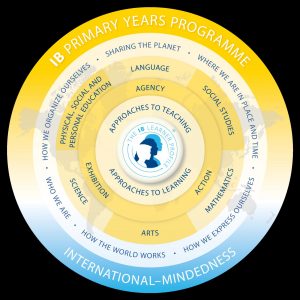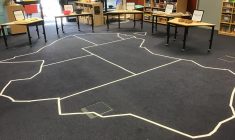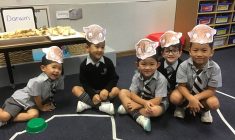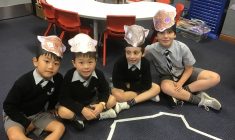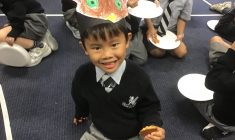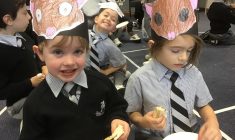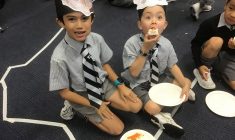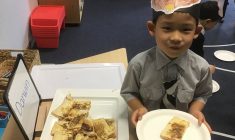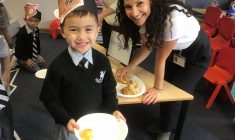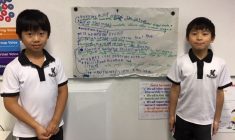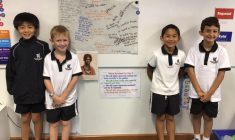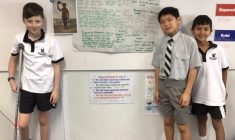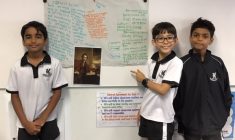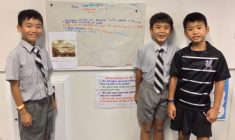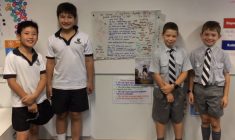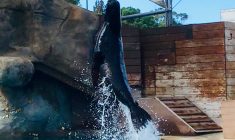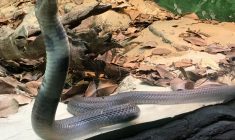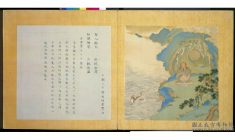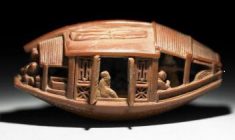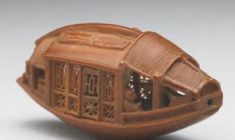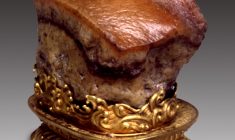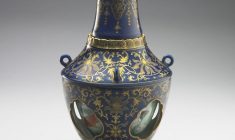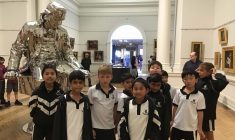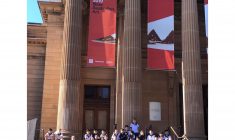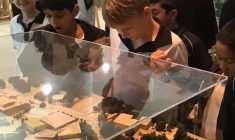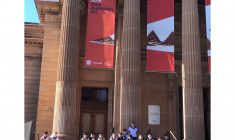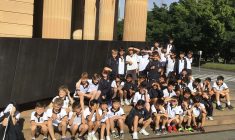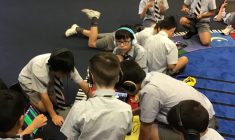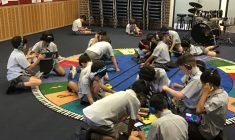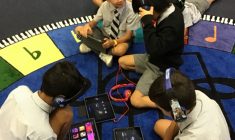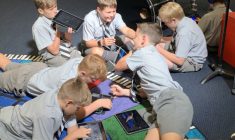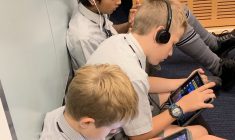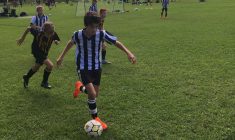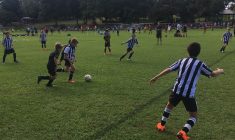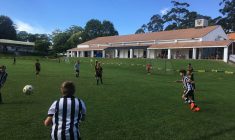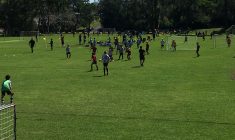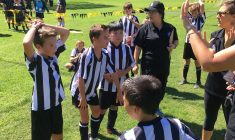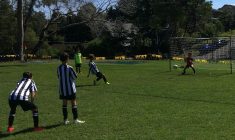A Message from the Head of Lindfield
How to Develop the Curiosity of our Boys –
In the book Out of Curiosity, Bryan Goodwin says we must provide an environment to stimulate their innate curiosity. “We cannot make students become curious,” says Goodwin; “rather, we must lead them to it by creating environments and opportunities for curiosity to flourish.”
Goodwin hypothesizes a number of “curiosity principles” for schools and parents to consider:
- Embrace not knowing. “Curiosity involves an element of risk taking,” he says. “We must delve into an area we know little about or where we feel incompetent. And we’re more likely to do that when we feel safe to admit we don’t know something. Thus, we need to help our kids see that it’s OK to profess ignorance, yet a shame to profess indifference.”
- Ask fewer, deeper questions. I know as a parent, I am sometimes guilty of asking meaningless questions of my children about their school day. How was school? Who was in your after-school activity? How did you go in music today? All these closed questions mean that I often get a one-word response: good, fine or okay. We want to ask questions of our boys that spark thought and curiosity. Goodwin suggests changing the questions we ask: What surprised you today? When did you feel joyful today? What are you wondering about now?
If you do get a consistent good, fine or okay response from your son then follow up questions that I use to elicit thinking and discussion are: What was good about it? or What made it okay?
- Use questions to provoke thought versus seeking correct answers. Avoid quizzing your boys. Make sure that your end of day conversations don’t resemble an inquisition, where your boys feel like they are being tested and are expected to give you a certain answer. It is better to ask broad questions and create a climate where mistakes and different opinions are welcome, so your boys are keen to discuss, argue and explore different ideas.
- Use wait time. Teachers at Lindfield, stress wait time or thinking time for our students. It is also good at home to pause for three or four seconds after asking a question. You are very likely to get more thoughtful responses and better discussions with your son if you pause and give them time to think.
- Let your son follow his curiosity. As a parent, I struggled for a long time to understand that the things that I found fascinating, did not necessarily fascinate my children. Support your child to explore their curiosities and passions. “Curiosity is more likely to flourish,” says Goodwin, “when kids are free to pursue their own interests alongside supportive adults who offer well-timed nudges to guide their explorations and keep their curiosity alive.”
- Go play outdoors. One of the biggest take home messages from the book is that a great way to stimulate curiosity, even with the most technology soaked young boy, is to be outside having unstructured time to explore and play. The holidays are coming up and it would be great if your son can get a healthy dose of the outdoors by camping, bushwalking or spending time at the local reserve exploring and seeing where his curiosity leads him.
Out of Curiosity: Restoring the Power of Hungry Minds for Better Schools, Workplaces, and Lives, Bryan Goodwin, (McREL International, 2018)
Re-engineering Learning with Curiosity in Mind, Marshall Memo, Issue 756
Ben Barrington-Higgs




